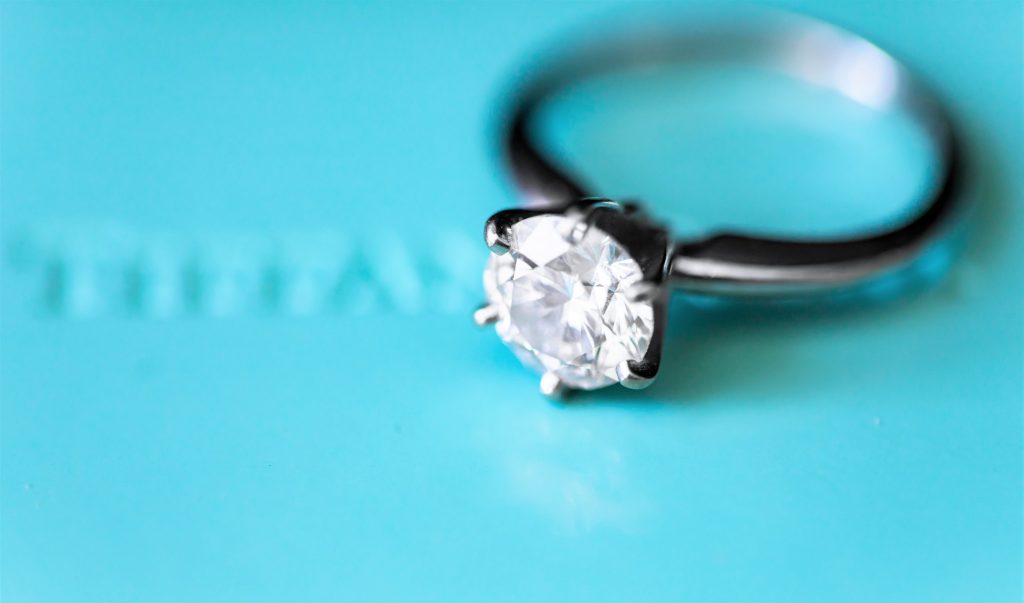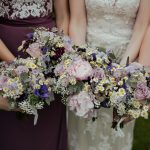A setting can make of break your engagement ring, so it is important to choose one wisely. One of the most popular choices in the wedding world is the prong setting.
Classic and elegant, the prong setting is one of the most famous diamond ring settings. This setting is perfect for the timeless bride.
A prong setting typically features four to six thin metal claws that are placed on the diamond’s surface to secure its position. This setting is designed to perfectly highlight the diamond’s brilliance by giving maximum exposure to the stone.
This particular range of settings can be shaped in different ways – prongs can be rounded, squared, V-shaped, elongated or even pointed.
Ideally, the prongs should end on the diamond’s surface. If the claws extend too high, the diamond’s top portion will be less visible, thus reducing its brilliance.
This setting has been in style for decades, and first grew in popularity in the 19th century as more dramatic and larger stones were being unearthed. Jewellers wanted to showcase these stones, and thus needed a setting that would allow it to shine.
The advantage of this setting is that it allows the diamond to take centre stage. It is also easy to clean and maintain. For those wanting to customise their ring, this setting is versatile enough to complement all diamond shapes, and is easy to adjust for different sizes of stones.
On the other hand, because the diamond’s girdle is only partially covered, it is quite prone to chipping. The claws of the setting are also more prone to get caught on clothing.
Picture: Unsplash




















